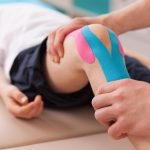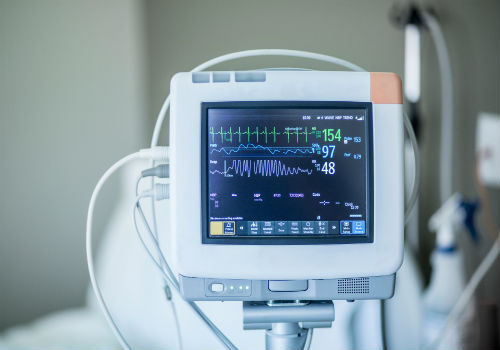Degenerative disc disease primarily affects people over the age of 50. Degenerative disc disease symptoms in Waterford, MI can be treated by chiropractic care, before pursuing surgical options.
Degenerative disc disease
The spine is made up of 4 sections: 7 cervical vertebrae, 12 thoracic vertebrae, 5 lumbar vertebrae, and the sacrum. In between individual vertebrae is a disc that provides shock absorption and protects the spinal cord. The vertebrae shrink as we age and experiences significant wear and tear, which reduces the space between vertebrae. This reduction in space is what causes degenerative disc disease.
Each disc has a thick outer layer and a thin inner layer; the outer layer weakens over time which may cause proteins to leak out. If fluid protein leaks it compresses the vertebrae closer together, placing both layers of the disc at risk for severe damage.
The neck and lower back are at the highest risk of being affected, due to a lifetime of weight-bearing activities, constant movement, and the pull of gravity.
Causes of degenerative disc disease
Age is the most common cause of degenerative disc disease. The discs naturally lose water and fluid proteins and break down; this causes them to become stiffer and more likely to tear.
Even a little stress can prevent the disc from ever returning to its normal shape; the outer layer will be stretched causing the disc to decrease in size and cause pain.
Manual labor and improper lifting techniques can also cause the discs to lost fluid protein and deteriorate in size. Contact sports and severe body trauma can cause the wear and tear that eventually causes the vertebrae to shrink. Genetics and other pre-established diseases may cause vertebrae and discs to wear down long before they normally would.
Symptoms of degenerative disc disease
At first, the symptoms may present itself as back or neck stiffness or aches. The location of which disc is affected may affect the severity of the pain. When the vertebrae shrink, it could compress and pinch nerves along the spine, which could cause pain in the appendages. Degenerative disc disease symptoms are different in every person; it may cause a jolt of pain, numbness or tingling, or even generalized weakness. Symptoms can worsen while sitting or standing in certain positions and heavy lifting.
Treatment of degenerative disc disease
X-rays are used to give the proper diagnosis of degenerative disc disease; it shows the narrowed disc spaces in the spine. Gentle chiropractic care is typically the preferred method before attempting surgical options. Chiropractors may demonstrate exercises to manage pain as well as perform spinal alignments to help treat degenerative disc disease.









